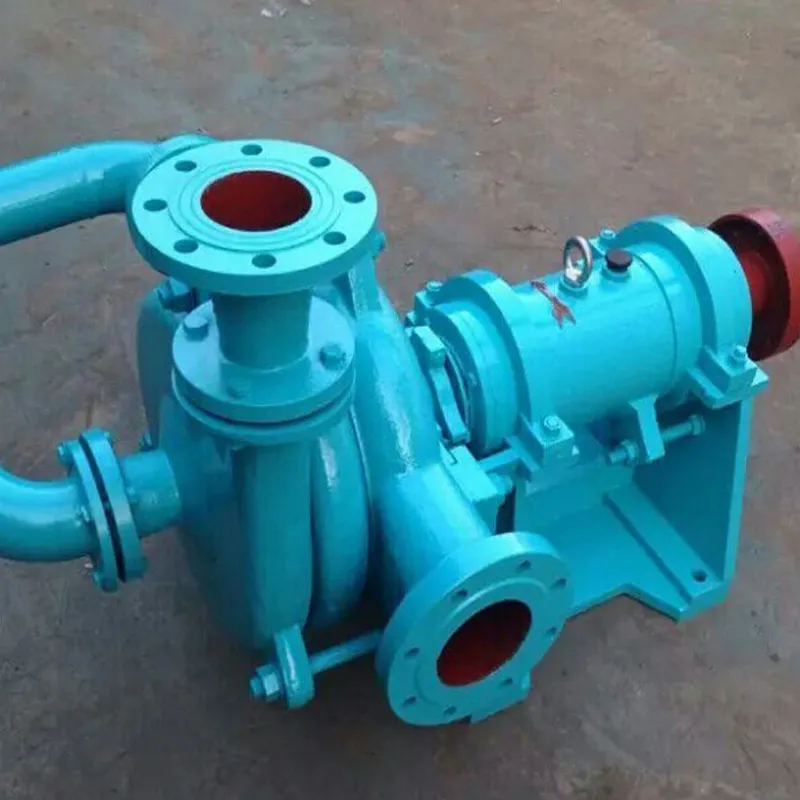Turkmen
- Afrikaans
- Albanian
- Amharic
- Arabic
- Armenian
- Azerbaijani
- Basque
- Belarusian
- Bengali
- Bosnian
- Bulgarian
- Catalan
- Cebuano
- Corsican
- Croatian
- Czech
- Danish
- Dutch
- English
- Esperanto
- Estonian
- Finnish
- French
- Frisian
- Galician
- Georgian
- German
- Greek
- Gujarati
- Haitian Creole
- hausa
- hawaiian
- Hebrew
- Hindi
- Miao
- Hungarian
- Icelandic
- igbo
- Indonesian
- irish
- Italian
- Japanese
- Javanese
- Kannada
- kazakh
- Khmer
- Rwandese
- Korean
- Kurdish
- Kyrgyz
- Lao
- Latin
- Latvian
- Lithuanian
- Luxembourgish
- Macedonian
- Malgashi
- Malay
- Malayalam
- Maltese
- Maori
- Marathi
- Mongolian
- Myanmar
- Nepali
- Norwegian
- Norwegian
- Occitan
- Pashto
- Persian
- Polish
- Portuguese
- Punjabi
- Romanian
- Russian
- Samoan
- Scottish Gaelic
- Serbian
- Sesotho
- Shona
- Sindhi
- Sinhala
- Slovak
- Slovenian
- Somali
- Spanish
- Sundanese
- Swahili
- Swedish
- Tagalog
- Tajik
- Tamil
- Tatar
- Telugu
- Thai
- Turkish
- Turkmen
- Ukrainian
- Urdu
- Uighur
- Uzbek
- Vietnamese
- Welsh
- Bantu
- Yiddish
- Yoruba
- Zulu
Telephone: +86 13120555503
Email: frank@cypump.com
Dec . 26, 2024 04:49 Back to list
Efficient Waste Pump Solutions for Your Basement Bathroom Needs
Waste Pump for Basement Bathroom A Comprehensive Guide
When it comes to creating a basement bathroom, one of the most critical components you’ll need to consider is the waste pump. Unlike traditional bathrooms located on the main level of a home, basement bathrooms often face unique challenges in terms of plumbing and drainage. This is where a waste pump comes into play, offering a practical solution to ensure efficient wastewater removal and maintain a functional bathroom space in your basement.
Understanding Waste Pumps
A waste pump, or macerating pump, is designed to handle wastewater from toilets, sinks, and showers in areas where gravity drainage is not a viable option. In a basement setting, the sewage line may be positioned at a higher elevation than the bathroom fixtures, making it impossible for wastewater to flow naturally. A waste pump solves this issue by grinding up solid waste and pumping it upwards to the main sewage line, allowing you to install a bathroom in an otherwise challenging location.
Key Features of Waste Pumps
1. Maceration Technology The primary function of a waste pump is to macerate waste. This means that it breaks down solid waste into a liquid form, making it easier to pump through pipes that are often small in diameter.
2. High Efficiency Most waste pumps are designed for high efficiency, being capable of handling various types of wastewater, including debris and food particles. This versatility is essential for a residential setting where bathroom waste may include more than just toilet paper.
3. Compact Design Waste pumps are typically compact and can be installed discreetly behind the toilet or within a wall, making them ideal for small spaces like basement bathrooms.
4. Automatic Operation Many models feature automatic start and stop operations, activating when the toilet is flushed or water is drained from the sink or shower, ensuring that the pump only works when necessary.
Installation Considerations
waste pump for basement bathroom

Installing a waste pump involves several considerations to ensure optimal performance
- Location Position the pump in a location that is easily accessible for maintenance while ensuring it’s close to the fixtures it will service.
- Pipe Sizing Use appropriately sized discharge pipes to facilitate efficient wastewater removal. Generally, pipes should be at least 1-inch in diameter.
- Electrical Supply Waste pumps require electricity to operate, so you’ll need to ensure a safe and reliable power source is available near the installation site.
- Ventilation Proper ventilation is crucial to prevent odors from escaping into the basement. Ensure that your plumbing system incorporates venting to comply with local building codes.
Maintenance Tips
Regular maintenance is essential to keep your waste pump functioning efficiently. Periodically check for clogs in the discharge pipe, inspect the pump for any unusual sounds, and ensure that it is free of debris. Keeping the pump clean and operating properly will extend its lifespan and maintain the health of your basement bathroom.
Conclusion
A waste pump is an invaluable asset for any basement bathroom project. By understanding its function, features, installation considerations, and maintenance tips, homeowners can create a functional and convenient bathroom in an area where traditional plumbing methods may fall short. Whether you’re refurbishing an existing basement or building from scratch, a waste pump can make your dream of a basement bathroom a reality.
-
Heavy-Duty Mining Sludge Pumps - Wear-Resistant Slurry Handling
NewsAug.02,2025
-
Horizontal Split Case Pump with GPT-4 Turbo | High Efficiency
NewsAug.01,2025
-
ISG Series Pipeline Pump - Chi Yuan Pumps | High Efficiency, Durable Design
NewsAug.01,2025
-
Advanced Flue Gas Desulfurization Pump with GPT-4 Turbo | Durable & Efficient
NewsJul.31,2025
-
ISG Series Vertical Pipeline Pump - Chi Yuan Pumps | Advanced Hydraulic Design&Durable Construction
NewsJul.31,2025
-
ISG Series Vertical Pipeline Pump - Chi Yuan Pumps | Energy Efficient & Low Noise
NewsJul.31,2025










